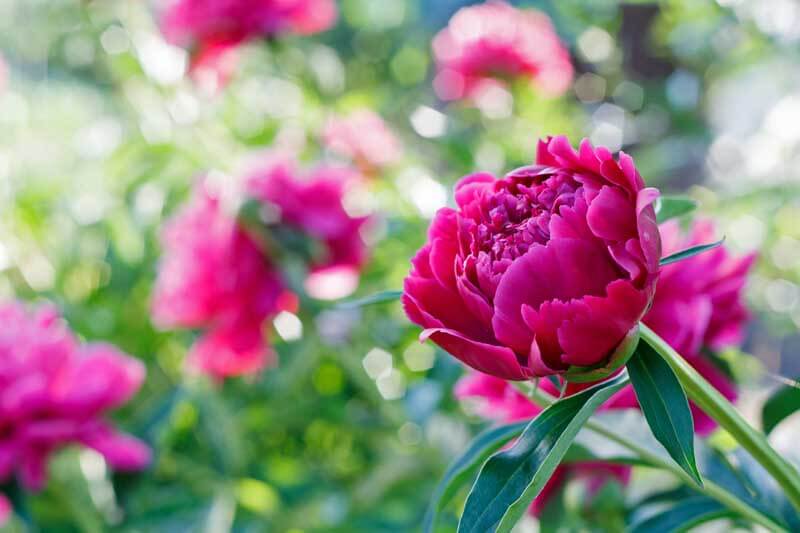 “How do you harvest and grow peony seeds?” Question from Mark of Barrie, Ontario, Canada
“How do you harvest and grow peony seeds?” Question from Mark of Barrie, Ontario, Canada
Answer: If your peonies successfully cross-pollinated and produced viable seeds that can be induced to sprout, then the plants will develop seed pods that should contain fully mature seeds in late summer or early fall. The round, tough seeds should be harvested as soon as the pods open and begin to turn brown. The seeds will be dark brown to black.
Getting Peony Seeds to Sprout
It takes time and patience to get peony seeds to sprout. Some seeds will produce seedlings in a year and others can take up to three years. Fresh seed will yield the best results. The seeds require a process called stratification, which involves a chilling period of a few months before one can try to induce the seeds to grow. In the case of peony seeds, they need a warm period, chilling period, and warm period. Stratification can be done indoors or outdoors.
Outdoor Stratification
The outdoor method is a little less precise and may take longer, but it often yields the best results. As soon as you harvest your seeds, soak them for three to four days in water. Change the water each day. Unhealthy seeds will float, sink, and become soft. Healthy seeds will swell, and remain round and firm.
Collect the healthy seeds, plant them 1.5 inches down, and 3 inches apart in a flat of Black Gold Natural & Organic Potting Mix. It contains peat as well as composted bark–a combination favored by peony seedlings. Count the seeds and note their placement to keep track of their progress. Also, be sure to label the flat with the planting date, name, and any other essential information. Place the flat in a safe location in partial shade. Keep it moist through the warm days of fall, then cover the top of the flat with plastic wrap in late fall, and let it remain over the winter. Remove the plastic in early spring, and keep the flat moist through spring. The seeds should begin to sprout by mid to late spring. When they emerge, feed them lightly with a water-soluble, all-purpose fertilizer as soon as their second (true) leaves emerge. Once they reach a few inches, you can transplant them to pots or a location in the garden with good soil. You will need to baby them as they grow. It may be wise to protect them with chicken wire or plastic collars. Placing diatomaceous earth around them should also keep snails and slugs away.
Some seeds may not sprout in the first year. If this is the case, keep the flat in place, maintain moisture through summer, and repeat the stratification process in fall and winter.
Indoor Stratification
Take your healthy peony seeds indoors, place a few in a 4-inch pot filled with Black Gold Seedling Mix. Moisten the pot, and place it under grow lights for a month and a half. Keep the pot moist and make sure the indoor temperature is between 70 and 80 degrees F. After a month, place the pot in an air-filled plastic bag in the refrigerator. The best temperature for stratification is 40 degrees F. Moisten the pot every couple of weeks while it is in the refrigerator–don’t let it get dry. After three months, remove and place it under grow lights. Keep the pots lightly moist, maintain a temperature between 70 and 80 degrees F, and the peony seeds should sprout in a month or two. A heat mat set to warm can help. (Please click here for more detailed information about how to start seeds indoors.)
The American and European Peony Societies are great information resources for additional information. (Click here to read the EU Peony Society’s highly detailed PowerPoint about peony seed starting.)
Happy gardening,
Jessie Keith
Black Gold Horticulturist
